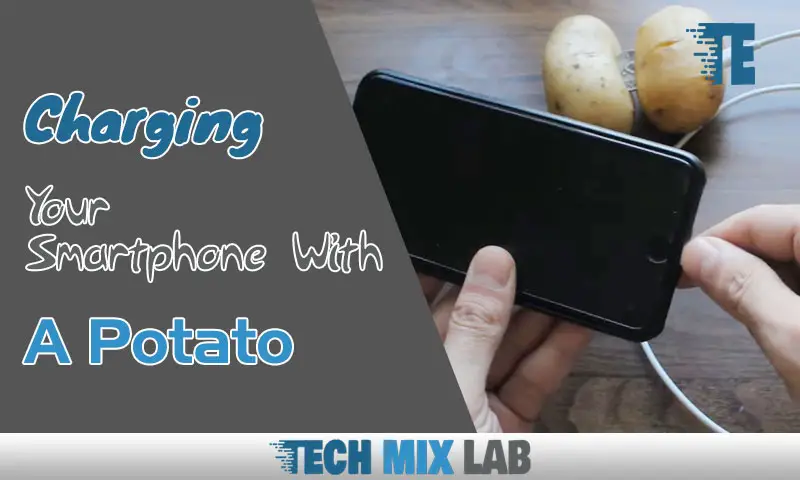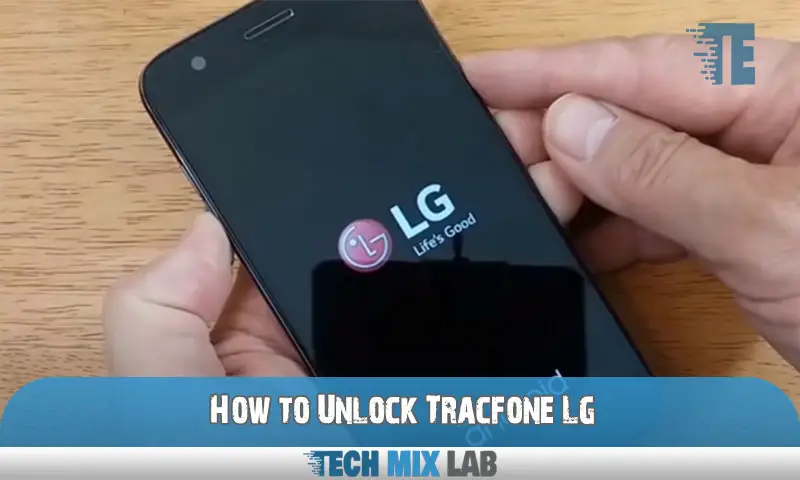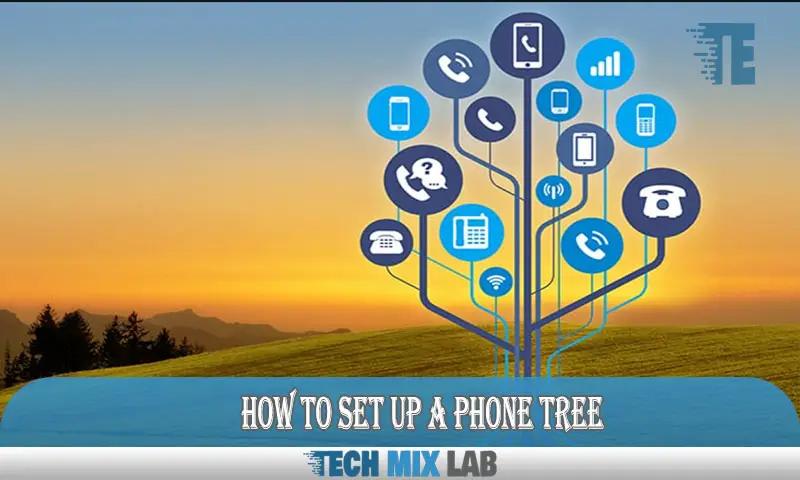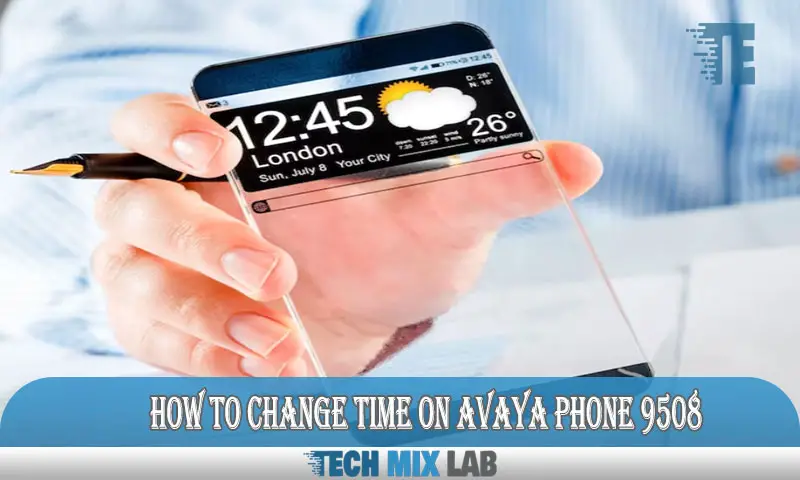Have you ever heard of the claim that you can charge your phone with a potato? It’s one of those myths that pops up every now and then on the internet, leaving many people confused. Is it really possible to use a potato as a battery charger? Well, let’s explore this topic together and find out.
In order to answer this topic, it is first necessary to have a basic understanding of how electricity functions. We are aware that as electrons move from positive to negative terminals in a circuit, electricity is produced. Because batteries enable electrons to pass via a closed circuit, they are required to power phones.
So the question is: can we use a potato as an electrical circuit? The short answer is yes – but only in certain conditions. To get an in-depth understanding of how this works and whether it could be useful for charging your phone, check out this article!
The Myth of Charging a Phone With a Potato
You may have heard that you can charge your phone through a humble potato—but is this really true? The answer is no.
According to the urban legend, you can power up your device by taking an AA battery, connecting a copper wire to one side and a zinc wire to the other, and attaching both to two different portions of the potato.
Regrettably, this misconception has consistently been disproven. A potato cannot generate enough energy to generate power to charge a phone or other gadget. Moreover, potatoes have too much water in them to function as a reliable conductor of electricity.
So the short answer is: no, potatoes are not adequate charging sources for cell phones. Though a tempting idea, it’s just not feasible.
What Science Says About It?
The idea of intermittent energy, which is produced when two different metals are placed into a potato, is the foundation of the potato power phenomena. Theoretically, such energy might be used to run small electronic gadgets.
In actuality, though, it can be a little more difficult to charge your phone with a potato. For instance, in order to generate enough electricity to charge a phone battery, you would want a massive potato and about 19 additional components, such as copper wire, zinc nails, and lemon juice (apparently it helps increase current).
Nevertheless, only a very small amount of electricity is generated using this method; several potatoes would be needed to even register. Even then, you shouldn’t count on your phone’s battery to be entirely recharged; instead, it will only give it enough power to function.
Something About Electricity to Understand the Myth
You might have heard of the urban myth that you can charge a phone with a potato – but is it really possible? To answer this, it’s important to have an understanding of electricity.
All you need to understand about electricity are its three basic elements: voltage, current, and resistance. The energy required to move electrons and produce power is known as voltage. The pace at which electrons move through a conductor, such as copper wires, is known as the current. As voltage travels over different channels, resistance sets a limit on the current and controls how quickly voltage is lost.
Potatoes just don’t have enough of each component to charge anything; it takes a specific quantity of volts and current. While some electricity may be produced by potatoes, it is insufficient to power any modern equipment. Hence, using a potato to charge your phone is still only a myth for the time being.
Everything You Need to Know About Potatoes and Electricity
The idea that a potato might run your smartphone may seem crazy, but it’s not as implausible as it would seem. The liquids, ions, and minerals contained in potatoes can conduct electricity when mixed with metal conductors. Research suggests that an electromotive force can be produced by potatoes to power devices like smartphones.
Once you’ve gathered the necessary supplies, the procedure, known as “potato-battery-power,” is actually pretty easy. You’ll also need your device that requires charging, two potatoes, some wires, and two metal electrodes (such two nails or bolts).
- Insert one nail into each potato so they are roughly halfway in.
- Connect the nails together using a wire and then connect them to one end of the cable that plugs into your device’s USB port.
- Hook up the other end of the cable to your device’s USB port so that the electrons have somewhere to go when they complete their journey through the potatoes and wires.
- Voila! Your device should start charging – although it may take some time for enough electricity to accumulate in order for it to work effectively.
Charging your phone using potatoes won’t replace commercial chargers, but it’s an interesting experiment that teaches us an important lesson about how electricity works!
Safe Ways to Charge Your Phone Using a Potato
Another thing to consider when attempting to charge your phone with a potato is the safety factor. After all, potatoes are not made with conductors, so creating an electrical circuit in this manner can be dangerous. It is important to take all necessary precautions when conducting the experiment. For example, you should always make sure that your wires and nails are insulated properly and that the potato is dry to avoid electrocution.
In addition, it is important to ensure that the USB cable is designed to charge mobile devices so that it does not overheat or malfunction. It is also important to ensure that the voltage produced is compatible with your phone in order to avoid damaging its components.
Using a potato to power your phone is undoubtedly an interesting experiment, but you should always handle electricity safely. If you are willing to put in the time and adhere to the necessary steps, you can be sure that you are doing it safely. Finally, if you’re looking for a more dependable and efficient way to charge your phone, we suggest investing in a power bank or solar charger.
At the end of the day, while it may sound unusual, it is possible to charge your phone with a potato. This experiment could be entertaining and educational if you are prepared to follow the instructions and ensure that you are aware of the safety precautions.
Alternatives to Charging Your Phone Without Electricity
Besides charging your phone with a potato, there are other options that don’t involve electricity or an outlet. If you’re in a pinch, you can opt for a hand-crank battery charger, which utilizes physical turning motion to generate electricity. This type of charging system is often lightweight and affordable, making it a great option for when you’re out and about.
A human-powered charger is an additional choice. You need to move your body in certain ways to generate electricity, such as when you ride a bike or crank a hand crank. It’s a great way to charge your iPhone and get some exercise at the same time.
If you don’t want to use any electricity at all, you could always purchase a solar charger. They typically consist of a few small solar panels mounted on a frame and can generate electricity from the sun’s rays. They are also portable and lightweight, making it easy to take them on travels.
Although using a potato to charge your phone is an interesting idea and a fun experiment, it is not the most dependable method. Consider investing in additional, more useful charging devices like a solar charger, a hand-crank battery charger, or a human-powered charger. These solutions are excellent for when you’re on the go because they’re frequently portable and reasonably priced.
People Also Like: Let’s See your past search History on Your Phone bill Easily
Conclusion
In the end, while it may be possible to charge your phone with a potato, it isn’t the most practical or reliable way. You’re going to have to put in a lot of labor only to gain a few minutes of energy because it would take a huge potato to produce much of it. Moreover, the experiment only functions if you have a few particular materials on hand, so if you need to charge your phone while on the go, you’re out of luck.
A potato with a few accessories, though, might be your best option if you’re in a bind and can’t find your charger. For your regular charging requirements, however, we suggest acquiring a power bank or other more dependable power supply.





